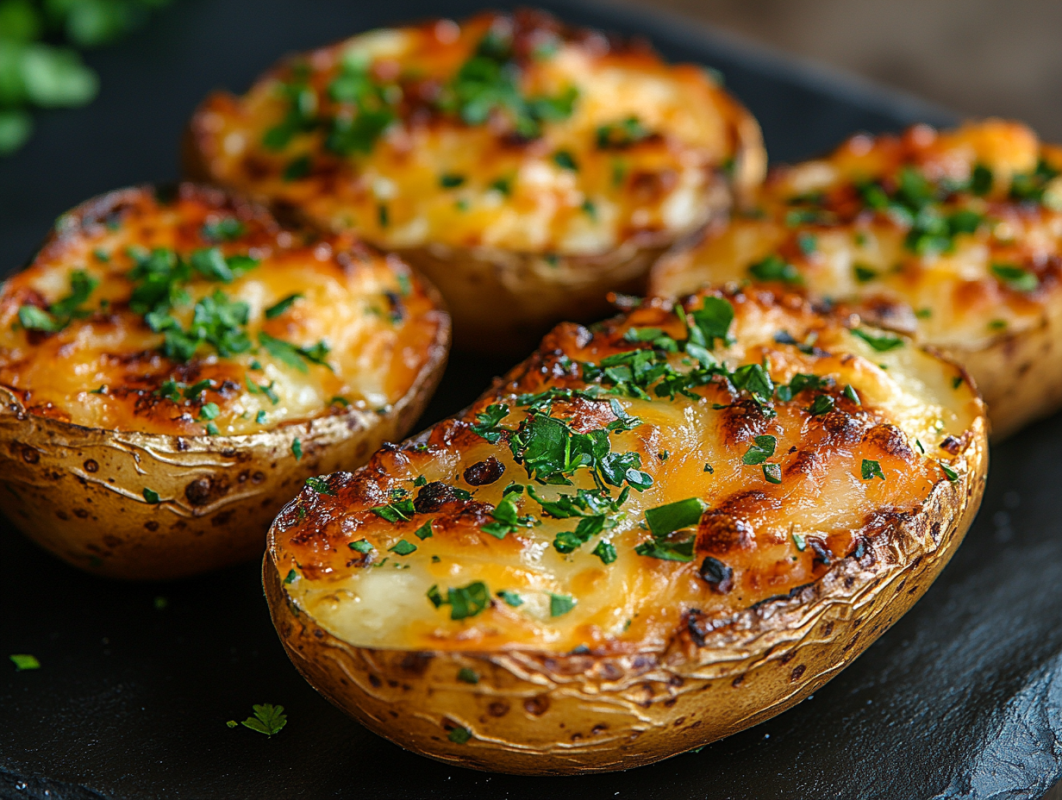There’s a special kind of magic in cooking with seasonal ingredients. Each season brings its own bounty of flavors, textures, and colors that can transform your holiday meals into something memorable. By using seasonal produce, you’re not only working with the freshest options available but also celebrating the natural rhythm of the year. Whether you’re planning a cozy Thanksgiving dinner or a summery Fourth of July barbecue, seasonal ingredients set the tone for every gathering.
This guide will walk you through the benefits of cooking seasonally, highlight dishes that make the most of what’s in season, and offer tips for sourcing and preparing fresh ingredients for any holiday meal.
Why Cook with Seasonal Ingredients?
Seasonal cooking isn’t just trendy; it’s practical and flavorful. When you cook with ingredients that are in season, you’re using produce that’s at its peak ripeness and nutritional value. Here are some additional benefits to consider:
Unmatched Flavor
Seasonal fruits and vegetables are harvested when they’re naturally ready, meaning they’re fresher and more flavorful than their out-of-season counterparts. Think of the difference between a summer-ripened tomato and one shipped halfway across the globe in the middle of winter.
Cost-Effective
Seasonal produce is often more affordable because it’s abundant locally. You’ll spend less while enjoying higher quality ingredients.
Eco-Friendly
Sourcing ingredients grown in-season reduces the energy and resources needed for transportation and storage. It’s better for the planet and often supports local farmers.
Creative Cooking
Seasonal cooking challenges you to work with what’s available, keeping your menu exciting and connected to the time of year.
Tailoring Seasonal Ingredients to Holidays
Each holiday comes with its own unique vibe, often inspired by the season in which it falls. Here’s a breakdown of how you can highlight seasonal ingredients for some of the most beloved celebrations.
Spring Holidays
Spring bursts onto the scene with bright greens, tender herbs, and crisp vegetables. It’s the time of year when everything feels fresh and light.
- Easter: Easter calls for dishes that celebrate renewal and growth. Ingredients like asparagus, peas, radishes, and carrots shine in this season. A great example is a Spring Vegetable Tart, made with puff pastry, creamy ricotta, and a medley of fresh greens. Pair it with a light Lemon-Asparagus Risotto for a dish that feels like spring on a plate.
- Mother’s Day: Why not host a brunch featuring frittatas made with leeks and spinach, alongside a salad of early strawberries dressed with balsamic glaze? These flavors capture the sweetness and vibrancy of the season.
Summer Holidays
Summer is the season of abundance. The produce is colorful, juicy, and perfect for outdoor celebrations.
- Fourth of July: Celebrate with backyard classics like Grilled Corn on the Cob, brushed with a chili-lime butter, or a refreshing Watermelon and Feta Salad sprinkled with mint leaves. Don’t forget about desserts! Seasonal berries make the perfect filling for patriotic red, white, and blue pies or trifles.
- Father’s Day: Fire up the grill and take advantage of ripe summer vegetables. Try skewers packed with zucchini, cherry tomatoes, and bell peppers, all brushed with olive oil and herbs. Serve alongside marinated grilled peaches for dessert.
Fall Holidays
The golden hues of fall bring hearty and earthy flavors. Squash, apples, and root vegetables take center stage for comfort dishes that warm the soul.
- Thanksgiving: Thanksgiving is synonymous with fall produce. Roast a Maple-Glazed Acorn Squash as a side dish, or prepare a Harvest Salad with kale, roasted sweet potatoes, and candied pecans. For dessert, a classic apple or pumpkin pie embodies the season.
- Halloween: Halloween is all about fun, and you can incorporate spooky seasonal elements by using pumpkins and other squashes. Think Savory Pumpkin Soup served in mini pumpkins or roasted seeds sprinkled with warming spices for a snack.
Winter Holidays
Winter brings hearty, robust ingredients perfect for holiday feasts. Root vegetables, citrus fruits, and hearty greens take the spotlight.
- Christmas: Make your table festive with dishes like Roasted Brussels Sprouts with Cranberries and Pecans or a jewel-toned Pomegranate and Spinach Salad. For dessert, a spiced pear cobbler offers warm, comforting flavors.
- New Year’s Eve: Brighten up the wintery gloom with citrus! Blood orange or grapefruit segments can form the base of a sophisticated Winter Citrus Salad. Pair with a sparkling pomegranate punch to toast the occasion.
Making the Most of Seasonal Produce
Once you’ve got your seasonal ingredients, make them the hero of your dish. You don’t need to overcomplicate things; often, a simple preparation is best to highlight the natural flavors.
Keep It Simple
A drizzle of olive oil, a sprinkle of sea salt, and a roast in the oven can bring out the best in vegetables like carrots or Brussels sprouts.
Batch Cook and Preserve
If you’ve got an abundance of seasonal produce, consider canning, freezing, or making jams. You’ll extend the life of your farmers’ market haul and enjoy seasonal flavors year-round.
Celebrate the Season with Confidence
This holiday season, take the plunge into seasonal cooking. Whether it’s your first time visiting the farmer’s market or simply swapping an out-of-season ingredient for one in its prime, your meals will be richer, healthier, and more flavorful. Seasons come and go, but the memories at your table will last a lifetime.
 (Image via
(Image via





